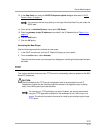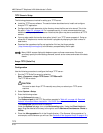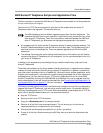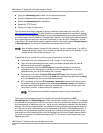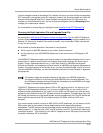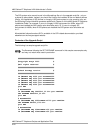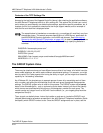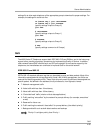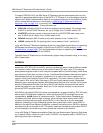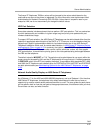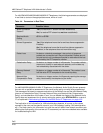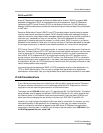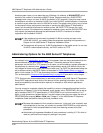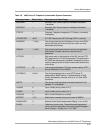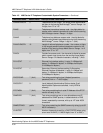
Server Administration
QoS
4-25
settings file to allow each telephone of the appropriate group to download its proper settings. For
example, the settings file could look like:
IF $GROUP SEQ 1 goto CALLCENTER
IF $GROUP SEQ 2 goto HOTDESK
{specify settings unique to Group 0}
goto END
# CALLCENTER
{specify settings unique to Group 1}
goto END
# HOTDESK
{specify settings unique to Group 2}
# END
{specify settings common to all Groups}
QoS 4
The 4600 Series IP Telephones support both IEEE 802.1D/Q and DiffServ, and in the future may
support other, possibly proprietary, procedures for implementing Quality of Service. In addition,
other network-based QoS initiatives such as UDP port selection do not require support by the
telephones, but nonetheless can contribute to improved QoS for the entire network.
IEEE 802.1D and 802.1Q 4
IEEE’s 802.1Q standard defines a tag that can be added to voice and data packets. Most of the
information associated with this tag deals with Virtual LAN (VLAN) management, but 3 bits are
reserved for identifying packet priority. These 3 bits allow any one of 8 priorities to be assigned to a
specific packet. As defined in the standard, the 8 priorities are, from highest to lowest:
■ 7: Network management traffic
■ 6: Voice traffic with less than 10ms latency
■ 5: Voice traffic with less than 100ms latency
■ 4: “Controlled-load” traffic (mission-critical data applications)
■ 3: Traffic meriting “extra-effort” by the network for prompt delivery (for example, executives’
e-mail)
■ 2: Reserved for future use
■ 0: Traffic meriting the network’s “best-effort” for prompt delivery (the default priority)
■ 1: Background traffic such as bulk data transfers and backups
Priority 0 is a higher priority than Priority 1.



